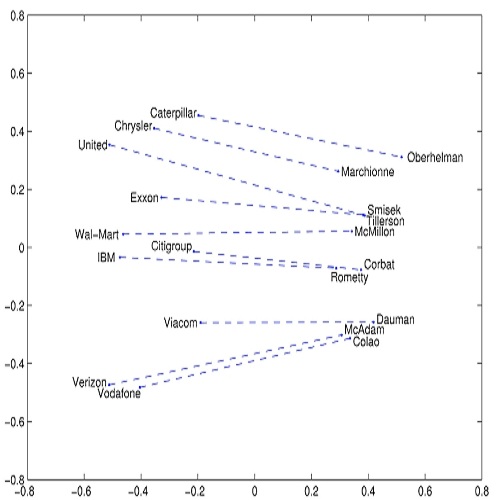News articles both shape and reflect public opinion across the political spectrum. Analyzing them for social bias can thus provide valuable insights, such as prevailing stereotypes in society and the media, which are often adopted by NLP models trained on respective data. Recent work has relied on word embedding bias measures, such as WEAT. However, several representation issues of embeddings can harm the measures' accuracy, including low-resource settings and token frequency differences. In this work, we study what kind of embedding algorithm serves best to accurately measure types of social bias known to exist in US online news articles. To cover the whole spectrum of political bias in the US, we collect 500k articles and review psychology literature with respect to expected social bias. We then quantify social bias using WEAT along with embedding algorithms that account for the aforementioned issues. We compare how models trained with the algorithms on news articles represent the expected social bias. Our results suggest that the standard way to quantify bias does not align well with knowledge from psychology. While the proposed algorithms reduce the~gap, they still do not fully match the literature.
翻译:新闻文章既能影响,又能反映政治各界的民意。 分析它们的社会偏见,可以提供宝贵的见解,例如社会和媒体中普遍存在的陈规定型观念,这些观念往往被经过相关数据培训的NLP模式所采纳。 最近的工作依靠的是文字嵌入偏见措施,例如WEAT。然而,嵌入的一些表述问题可能损害衡量标准的准确性,包括低资源设置和象征性频率差异。在这项工作中,我们研究哪种嵌入算法最能准确衡量美国在线新闻文章中已知的社会偏见类型。为了涵盖美国所有的政治偏见,我们收集了500k篇文章,并审查心理学文献,以了解预期的社会偏见。然后我们用WEAT来量化社会偏见,同时将上述问题的算入算入算法进行量化。我们比较了如何用新闻文章的算法来培训模式代表预期的社会偏见。我们的结果表明,量化偏见的标准方法与心理学知识不相符。 虽然拟议的算法减少了~gap,但它们仍然不完全符合文献。





